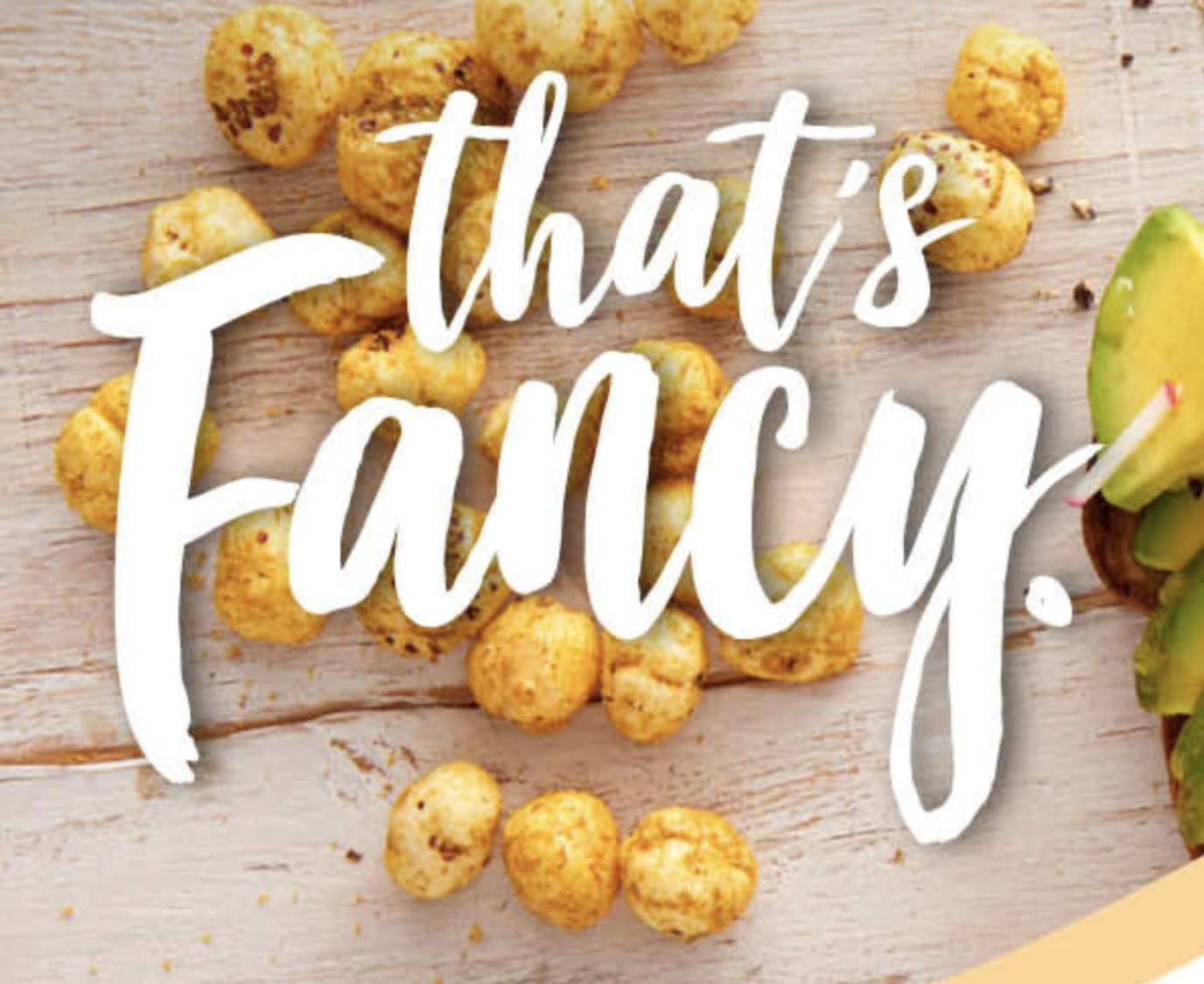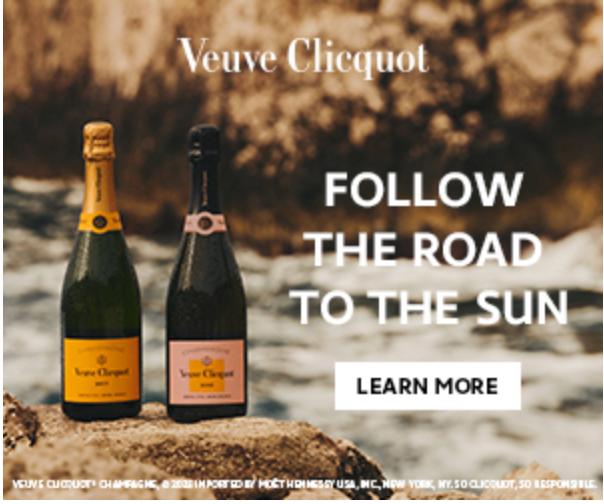1,000+ Artisanal Food, Beverage Fancy Food Show — around the World are coming to Las Vegas Jan 21-23! Specialty Food Association’s 48th Winter Fancy Food Show
The Specialty Food Association’s 48th Winter Fancy Food Show will showcase thousands of artisanal products from more than 1,200 domestic and global specialty food and beverage makers and manufacturers.

Taking place across three days (January 21-23) at the Las Vegas Convention Center, the Show also features a variety of networking and educational events.
“The 2024 Winter Fancy Food Show marks the beginning of the food industry’s annual cycle
a pivotal gathering where innovation meets opportunity,”
SFA President Bill Lynch
“This show is not just an event; it’s the epicenter of culinary creativity and business acumen where makers launch and buyers discover the latest products and trends that will shape the new year.”
Show attendees will experience:
- Artisanal food and beverage products from 1,200+ exhibitors.
- Product pavilions dedicated to the hottest categories including Plant Based, Deli, Bakery/Confectionery/Snacks & Sweets, Beverage.
- International Pavilions from Canada, China, Italy, France, Greece, Morocco, Spain, and partner country, Japan.
- State and Regional Pavilions including Mississippi, New York, WUSATA.
- Diversity Pavilion, with a nine-company cohort from (included): Barlow’s, Frescos Naturales, Funky Mello, Grumpy Ginger, Krack’d Snacks, Myles Comfort Foods, Sobo, Todo Verde, TUYYO.
- Pop Up Pavilions including the Confectionery, Snack, and Bakery Pavilion Pop Up: Fancy a Bite?, and the Beverage Pavilion Pop Up: Flights of Fancy.
- NEW NOW NEXT Pavilion featuring Incubators and Startups.
- Insight into the hottest trends in specialty food courtesy of the SFA Trendspotter Panel: Patsy Ramirez-Arroyo, food and sustainability consultant, PG Consulting Group, LLC; Jenn de la Vega, chef, stylist, cookbook author, trends expert, Randwiches; Jonathan Deutsch, Professor and Director, Drexel Food Lab; Jeanette Donnarumma, producer, cook, recipe developer/tester, food lover, content creator, party-planner; Thomas Joseph, EVP, Culinary, Martha Stewart Living Omnimedia and Sur la Table; Gary FX LaMorte, chef, consultant, and founder, Honest Hospitality; Sarah Lohman, culinary historian, author, and public speaker; Chef Clara Park, claraparkcooks.com, chef, teacher, consultant, and writer; Wendy Robinson, Senior Buyer, Market Hall Foods; Kantha Shelke, Ph.D., CFS, IFT Fellow, Corvus Blue LLC; Cathy Strange, Ambassador of Food Culture, Whole Foods; V. Sheree Williams, Publisher, Cuisine Noir, and Founder, Global Food and Drink Initiative.
- SFA Junior Trendspotter Panel – UNLV William F. Harrah College of Hospitality under the guidance of Joseph Lema, Ph.D. Professor/Ph.D. Coordinator, Seyhmus Baloglu, Ph.D. Professor/Associate Dean of Research.
- The Winter Fancy Food Show is open only to qualified members of the specialty food trade, industry affiliates, and media. For more information, please click here.
The Specialty Food Association (SFA) was founded in 1952 and is the not-for-profit trade association of the $194 billion specialty food industry.
Representing more than 3,000 businesses worldwide, SFA champions industry participation and success for a diverse community of makers, buyers, importers, distributors, and service providers by developing resources, information, education, and events that celebrate innovation and inclusivity.
- SFA owns and operates the Fancy Food Shows—which are the largest specialty food industry events in North America—as well as the sofi™ Awards—which have honored excellence in specialty food and beverage annually since 1972.
- The SFA also produces the e-newsletter SFA News Daily, the Trendspotter Panel annual predictions and Fancy Food Show reports, the State of the Specialty Food Industry Report, Today’s Specialty Food Consumer research, and the Spill & Dish podcast. Find out more online and connect with SFA on Facebook, X, Instagram, LinkedIn, and TikTok.




[…] […]